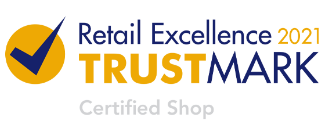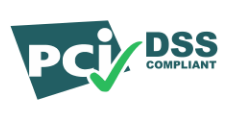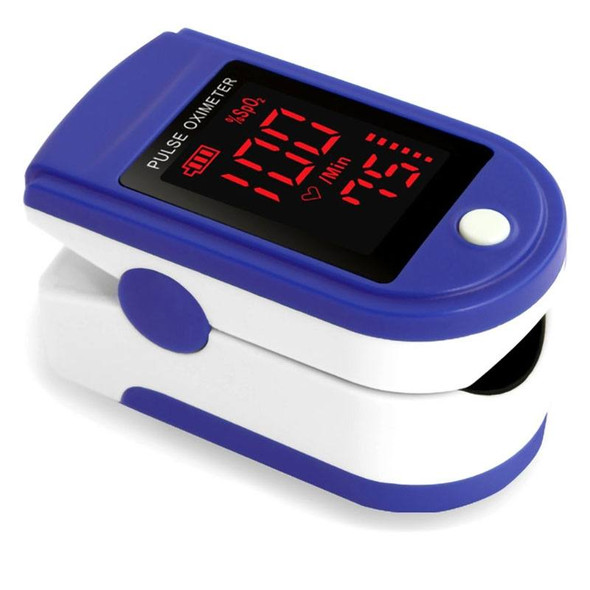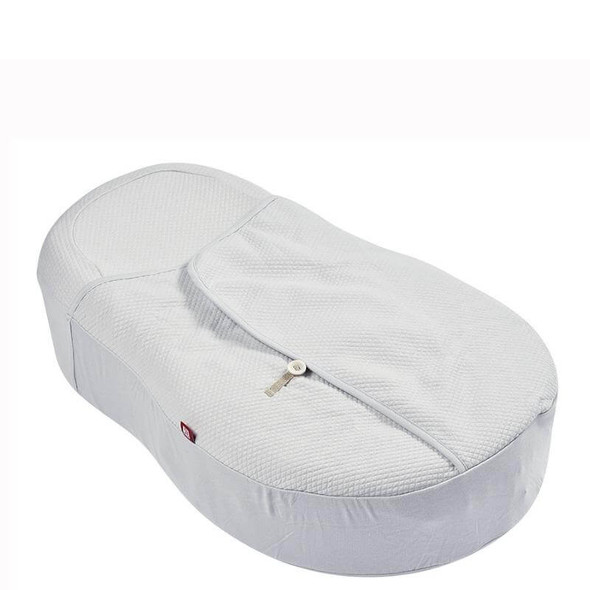Fewer than 50% of heart problems are detected during pregnancy. A pulse oximeter is an extremely cost effective tool to evaluate babies for hidden heart defects. Specifically designed for children, the Pulse Oximeter ensures accurate Sp02 readings of the smaller, thinner fingers of children, geriatric patients and small or frail adults.
Some heart defects do cause signs and symptoms. They depend on the number, type, and severity of the defects. Severe defects can cause signs and symptoms, usually in newborns. These signs and symptoms may include:
- Rapid breathing
- Cyanosis (a bluish tint to the skin, lips, and fingernails)
- Fatigue (tiredness)
- Poor blood circulation
Oximeters are used medically by patients with asthma, emphysema, chronic obstructive pulmonary disease (COPD), chronic obstructive airway diseases (COAD), and other respiratory conditions. Pilots use pulse oximeters to help guard against hypoxia. This blood oxygen tester can also help athletes, such as mountain climbers and walkers, to improve their performance.
Specifications:
- Certification: CE
- OLED color display
- Four directions and eight modes PR waveform and bar graph display
- 30-hour continuous work with 2 x AAA batteries
- Power consumption: less than 40mA
- Suitable for home care
Features:
- Can be used in hospitals, home, community medical treatment and sports healthcare
- Can measure SpO2 and PR accurately
- SpO2, PR display, PR waveform and bar graph display
- Battery voltage low indication
- Four directions and eight modes
- Low power consumption and shutoff automatically when no signal
- Pulse sound function
- Alarm function
Technical parameters:
- 1.3-inch 65-color OLED display and resolution 96 x 64 pixels
- SpO2: 35 to 99%
- Pulse ratio: 30 to 250bpm
- Resolution: 1% for SpO2 and 1bpm for pulse
- Accuracy: +2% (70 to 99%) and unspecified (<70%) for SpO2
- Power: 1.5V (AAA size) alkaline batteries x 2 and can work more than 30 hours continuously
- Interference resistance capacity against ambient light and measurement performance at low per-fusion
Instructions of Use:
- Install two x AAA batteries into battery compartment correctly
- Place damp over finger nail as following diagram
- Insert one finger into rubber hole of oximeter fully
- Press switch once on front panel
- Finger and body should not tremble during measuring
- Read correspondent date from display screen
Frequently Asked Questions
What is a pulse oximeter and how does it function?
A pulse oximeter is a non-invasive device that measures the oxygen saturation (SpO₂) level in the blood. It operates by emitting light through a body part, typically a finger, and detecting the amount of light absorbed by oxygenated and deoxygenated hemoglobin. This measurement provides an estimate of the blood's oxygen levels, which is crucial for assessing respiratory and cardiac health.
Why is pulse oximetry important for detecting congenital heart defects in newborns?
Pulse oximetry is vital for early detection of critical congenital heart defects (CCHDs) in newborns. Some heart defects can lead to low blood oxygen levels without visible symptoms. By measuring oxygen saturation, pulse oximetry can identify infants who may have CCHDs, allowing for prompt intervention and treatment. Studies have shown that routine pulse oximetry measurements in newborns during their first day of life can lead to early detection of these complex and often life-threatening heart defects.
How accurate is pulse oximetry in detecting critical congenital heart defects?
Pulse oximetry has demonstrated high specificity and moderate sensitivity in detecting critical congenital heart defects in newborns. This means it is highly effective in correctly identifying healthy infants and moderately effective in detecting those with CCHDs. While it may not detect all cases, it significantly enhances early diagnosis when combined with other screening methods.
What are the key features to consider when selecting a pulse oximeter for pediatric use?
When choosing a pulse oximeter for children, consider the following features:
Pediatric-Specific Sensors: Devices should have sensors designed for smaller fingers to ensure accurate readings.
Motion Tolerance: Children may move during measurements; a device with motion-tolerant technology can provide more reliable results.
Low Perfusion Performance: The oximeter should accurately measure oxygen saturation even in cases of low blood flow.
Display and Alerts: A clear display and audible alarms for abnormal readings can aid in prompt response.
These features help ensure precise and reliable monitoring of oxygen levels in pediatric patients.
Can pulse oximeters be used for conditions other than heart defects?
Yes, pulse oximeters are versatile tools used to monitor oxygen saturation in various conditions, including:
Respiratory Diseases: Such as asthma, emphysema, and chronic obstructive pulmonary disease (COPD).
Sleep Disorders: To detect issues like sleep apnea.
High-Altitude Activities: Pilots and mountain climbers use them to monitor oxygen levels in low-oxygen environments.
They are also valuable during anesthesia and intensive care to ensure adequate oxygenation.
How should a pulse oximeter be properly used to ensure accurate readings?
To obtain accurate readings with a pulse oximeter:
Correct Placement: Place the sensor on a clean, dry finger, ensuring it fits snugly without being too tight.
Minimize Movement: Keep the hand still during measurement to avoid motion artifacts.
Avoid External Light: Ensure the device is shielded from strong ambient light, which can interfere with readings.
Warm Extremities: Cold fingers can affect accuracy; ensure the hand is warm.
Follow Manufacturer Instructions: Use the device as directed, considering any specific guidelines for pediatric use.
Adhering to these steps helps ensure reliable oxygen saturation measurements.


















